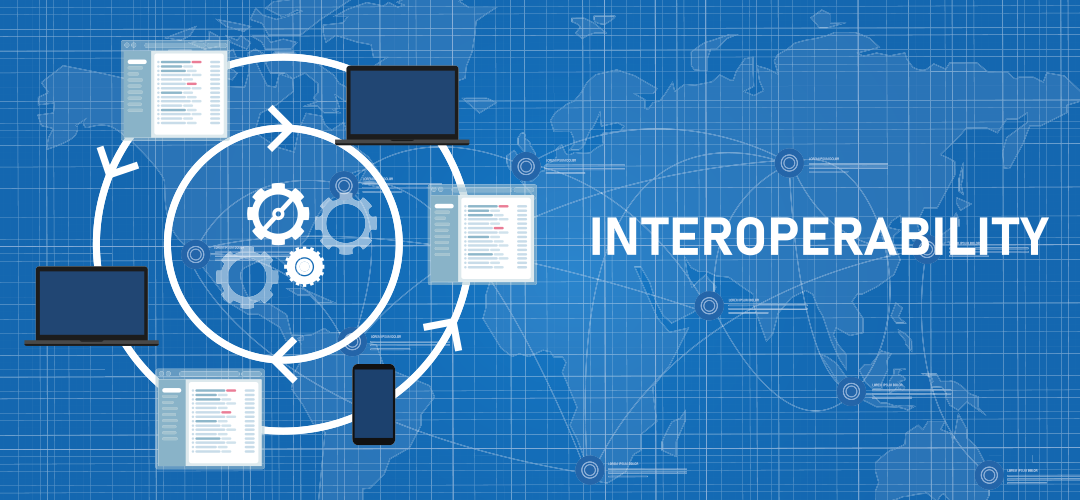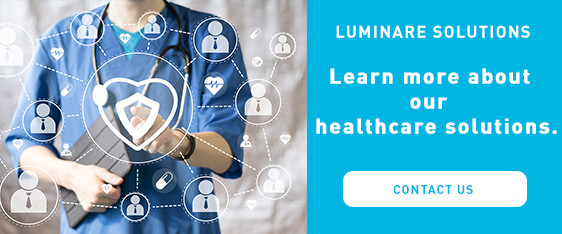
HL7, FHIR, and eCQM Explained
By: Natalie Cheng
July 12th 2021
HL7, FHIR, and eCQM are acronyms used frequently when speaking about interoperability and quality in healthcare. Those that have worked in healthcare IT should be familiar with these terms. However, what do these acronyms mean and how do they affect the healthcare industry? To start, Health Level Seven International is an international standards organization that created HL7 and FHIR. The eCQM was created by the Centers for Medicare and Medicaid Services (CMS). All these pieces come together to help healthcare organizations get better data and improve quality of care.
HL7
Health Level Seven or HL7 is a set of international standards for transfer of clinical and administrative data between software applications used by various healthcare providers. In simpler terms, HL7 serves as a rule book that states how technologies in the healthcare world should interact with each other when exchanging information.
These standards focus on the application layer or layer 7 in the Open Systems Interconnection model (OSI model), which is where it gets the name HL7. Some of its primary standards include Version 2.x Messaging Standard, Clinical Document Architecture (CDA), and Structured Product Labeling (SPL).
These standards provide a framework for the exchange, integration, sharing, and retrieval of electronic health information. In addition, HL7 standards are grouped into reference categories, which includes FHIR, an acronym that will be covered in the next section. HL7 is used by Health Level Seven International, the American National Standards Institute, and the International Organization for Standardization.
A majority of healthcare professionals use HL7 through the messages they send from system to system. For example, some of the most commonly used HL7 message types include:
- ADT – Admit, Discharge, Transfer
- ACK – General Acknowledgement
- MDM – Medical Document Management
- DFT – Detailed Financial Transaction
By using HL7 message types, healthcare organizations can communicate more effectively with anyone who also uses the same standards. This helps improve efficiency and understanding, leading to better patient care.
FHIR
Fast Healthcare Interoperability Resources or FHIR (pronounced fire) is an HL7 standard describing data formats and elements and an application programming interface for exchanging electronic health records. It’s one of the most popular protocols for joining disparate systems together, promoting interoperability and health information exchange.
According to HealthITAnalytics, FHIR is aiming to “allow developers to build standardized “browser” applications that allow access to data no matter what EHR “operating system” underpins the user’s infrastructure.” Basically, the way FHIR works is similar to accessing a website. As long as users are connected to the internet, they can access the same URL and do the same things on a standard browser whether they are on a smartphone, desktop, or tablet.
To accomplish this, FHIR has resources. A FHIR resource can either be an individual packet of information or it can be bundled into collections to create clinical documents. “By creating an accessible and standard URL for these information bundles instead of just passing individual documents back and forth between systems, a number of different applications can point to the same version of the same data each and every time” (HealthITAnalytics).
FHIR improves interoperability because it ultimately gives the story of the patient instead of just some lab results. It gives the clinician more context and a better understanding of the patient. FHIR uses standardized application programming interface (API) standards, allowing developers to create apps that can plug into a basic EHR operating system and feed information directly into the provider workflow.
Many organizations such as Cerner, Epic, and the Mayo Clinic, are using FHIR to expand population health management capabilities and serve as a basis for a new clinical decision support model that includes real-time data access for providers at the point of care.
Patients can benefit from FHIR because they won’t have to worry about having to log in to three or four patient portals from different providers. Instead, they will have one single personal health record that has all the data integrated into it from multiple systems.
eCQM
According to CMS.gov, “Electronic clinical quality measures (eCQMs) are tools that help measure and track the quality of health care services that eligible professionals (EPs), eligible hospitals, and critical access hospitals (CAHs) provide, as generated by a provider’s electronic health record (EHR). Measuring and reporting eCQMs helps to ensure that our health care system is delivering effective, safe, efficient, patient-centered, equitable, and timely care.”
Healthcare providers are required to electronically report eCQMs to measure healthcare quality. Hospitals, critical access hospitals, eligible clinicians, and/or eligible professionals can benefit from eCQM programs because they:
- Help clinicians focus on patient care rather than paperwork
- Save time by moving from manual chart abstraction to electronic measurement
- Use detailed clinical data to assess the quality of treatment by healthcare providers and organizations and drive clinical action
- Foster goal of access to real-time data for quality improvement and clinical decision support (CDS)
- Reward quality outcomes
- Lower costs by reducing preventable readmissions and decreasing medication errors
Next Steps
Is your organization looking to improve interoperability? Are you looking for solutions to help you easily get metrics to meet ever-changing certification requirements? Contact us and we can guide you through some interoperable solutions to meet your needs.


